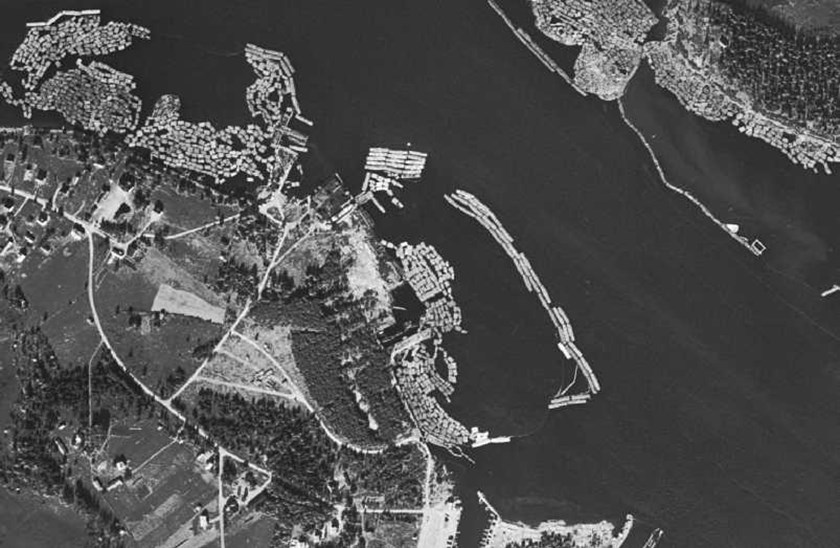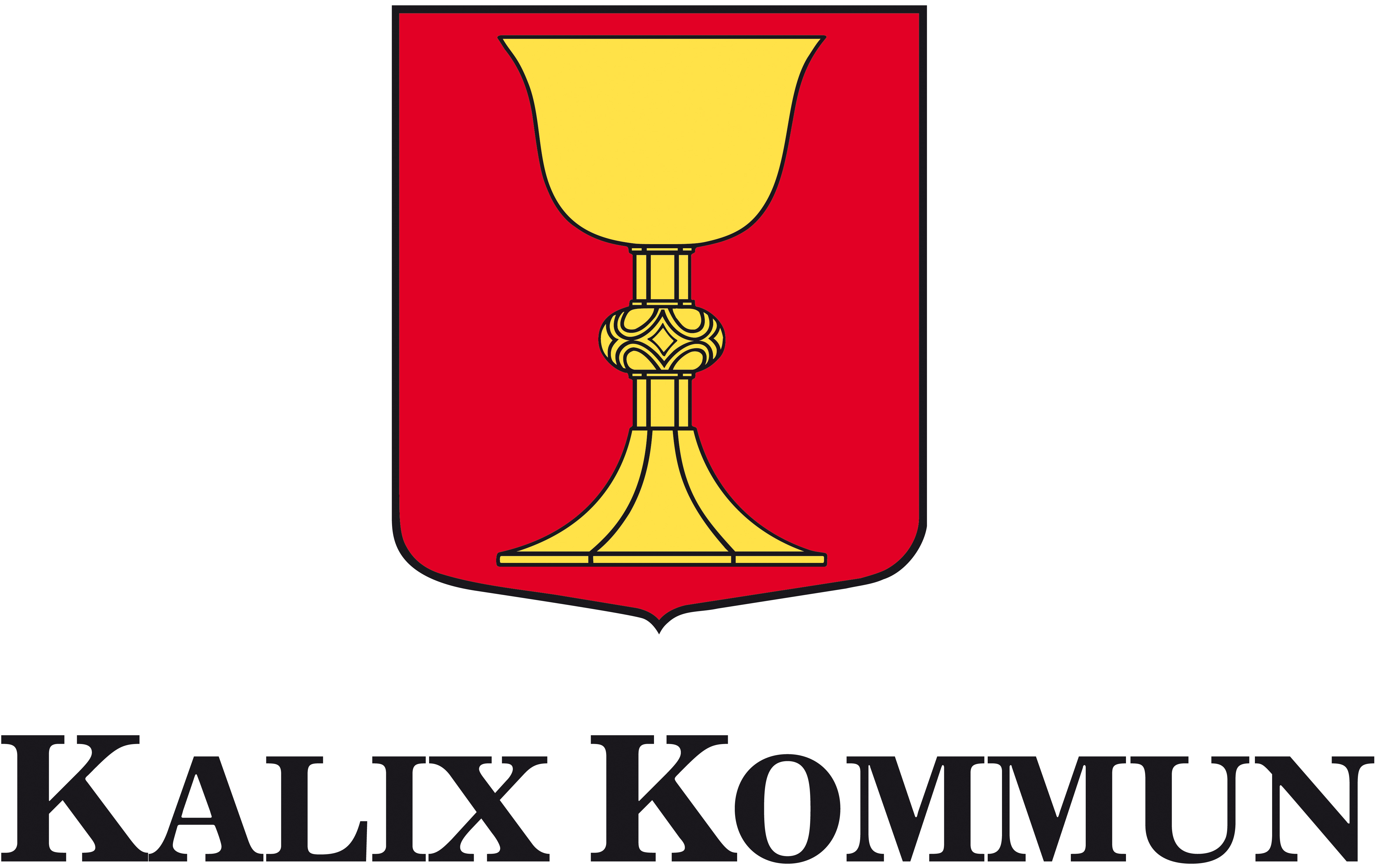7. Kolkajen

The majority of the timber originates from the log driving in the Kalix River. The logs were sorted according to their respective owners and bundled together at the sorting point Vassholmen.
The bundles were then towed down the river and stored in the archipelago, where there were sorting docks to create large lake rafts. These were then handled by sea-towing boats that pulled substantial timber loads to factories along the northern coast of Norrland.
The timber rafting sites with bundles of timber were excellent fishing spots for catching perch using a hook and bait. Entire families gathered on the timber rafts to catch dinner fish.
On the quay with coal storage is SCA's towing boat, Gustaf Hedberg, with its home port in Köpmanholmen. It is waiting for several timber rafts to be linked together before towing the load to the pulp mill in Köpmanholmen.
In the background, another chimney from a boat in SCA's fleet is faintly visible. Perhaps Axel Enström will tow the load in tandem with Gustav Hedberg.
A common view in the archipelago.
A bundling works, used to bundle large quantities of timber into lake rafts for further transport to factories in the south. Each forestry company had its own bundling works located in various bays in the archipelago. The locations were often given names such as Vifstavarvsudden, Bowaters, and Dynäsviken, corresponding to the respective companies.
Timber bundles from the sorting point at Vassholmen were released, and the timber was manually pulled up onto the conveyor of the bundling works. The keratting works, powered by electric motors, hoisted the logs onto the works.
Two to three men worked on the frame of the log sorting facility, pulling the logs down from the facility and arranging them on the raft. The logs were secured together with heavy lashing chains to form a timber raft that contained approximately 500-600 cubic meters of roundwood.
Information signs in english
-
Revet’s boat harbour is an old fishing harbour. Many villagers had leisure boats for archipelago trips and transportation to their ...
-
This is one of seven soldier cottages that the village of Ytterbyn had to maintain and provide for a soldier during the time of th ...
-
At Kattgrundet, there were boathouses and a harbor for fishing and recreational boats throughout the 20th century. The shallowing ...
-
Wikströmskajen is named after the pilot, later steamboat captain, Nils Oskar Wikström (1856-1924). In the picture, taken from Kat ...
-
In 1874, Calix Ångsågs AB, or "Nya Bolaget" (The New Company), was formed with the purpose of offering good prices to the forest o ...
-
The majority of the timber originates from the log driving in the Kalix River. The logs were sorted according to their respective ...
-
Slussen is an old fishing harbour that got its name from a lock system regulating the water level in Minasfjärden, now known as Sm ...
Kultur- och naturstigen i Nyborg finansieras av:









